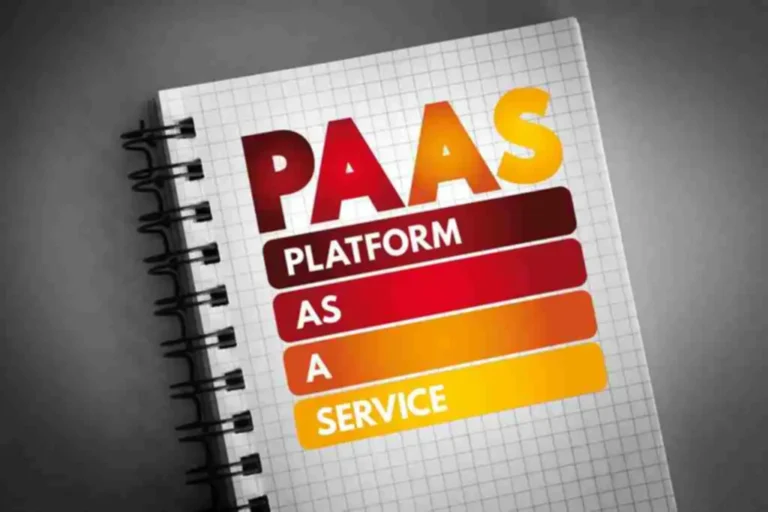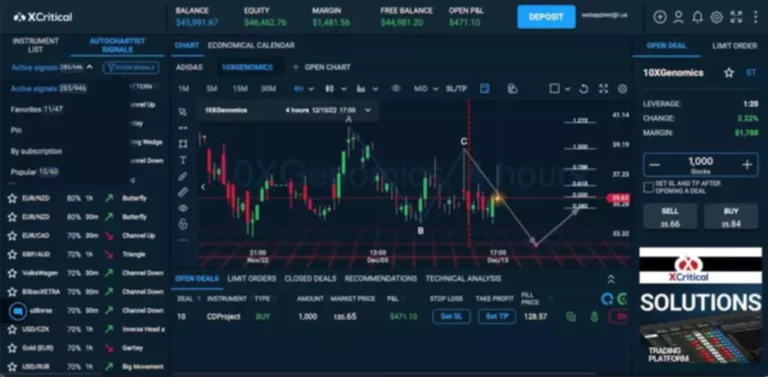Comparison of Carrying Value and Fair Value Algo Trading
Finance Strategists has an advertising relationship with some of the companies included on this website. We may earn a commission when you click on a link or make a purchase through the links on our site. All of our content is based on objective analysis, and the opinions are our own. Importantly, this thought process for determining carrying value versus fair value prediction paves the way for the concept of entity value (or enterprise value), which is a holistic measure of organizational value. The Plunge Protection Team (PPT) is a term that has been thrown around a lot in the financial world...
Continuing with our example of Company XYZ, let's say they have $300,000 in outstanding loans and $50,000 in accounts payable. By subtracting these liabilities from the total assets ($850,000 - $350,000), we find that Company XYZ has net assets worth $500,000. They have $500,000 worth of property, $200,000 worth of equipment, $100,000 worth of inventory, and $50,000 worth of patents. Financial assets include stock shares and bonds owned by an individual or company.12 These may be reported on the individual or company balance sheet at cost or at market value. Net book value is affected by the amount of accumulated depreciation reported in the books. Therefore, companies that use an accelerated rate of depreciation model might report lower net book value for the asset in the first few years of the asset life.
Over time, the asset gets used up, and depreciation gradually reduces the balance-sheet worth of the asset. It's important to note that carrying value and written-down value calculations may vary depending on the accounting method used by a company. For example, some companies may use the straight-line method of depreciation, while others may use the declining balance method. It's important for companies to choose an accounting method that is appropriate for their specific needs and to consistently apply that method when calculating carrying value and written-down value. The carrying value of an asset can impact a company's decision-making processes. For example, if a company is considering selling an asset, it will likely look at the carrying value to determine whether it will make a profit or a loss on the sale.
- Carrying value can be used to calculate other financial metrics such as return on assets (ROA) and return on equity (ROE).
- The realm of global finance is intricately woven with a tapestry of standards that ensure...
- With fair value accounting, valuations are more accurate, such that the valuations can follow when prices go up or down.
- When a company's assets are overstated, it can lead to an inaccurate representation of the company's financial status.
- As a result, a high P/B ratio would not necessarily be a premium valuation, and conversely, a low P/B ratio would not automatically be a discount valuation.
- Hence, if an enterprise undergoes liquidation, the fair value prediction of assets clearly indicates that the owners (shareholders) cannot receive the net carrying value of assets.
- Additionally, companies that use an accelerated depreciation model may report a lower NBV for the asset in the first few years of its life.
Great! The Financial Professional Will Get Back To You Soon.
The carrying value is an important concept in accounting as it provides an indication of the remaining value of an asset after accounting for its usage, wear and tear, or obsolescence. It also indicates the outstanding balance of a liability that a company is obligated to repay. Carrying values are used in various financial analyses and ratios to assess a company’s financial health, performance, and efficiency. Straight-line depreciation is a simple way to calculate the loss of an asset's carrying value over time. This calculation is particularly useful for physical assets—such as a piece of equipment—that a company might sell in whole or in parts at the end of its useful life.
Great! Hit “Submit” and an Advisor Will Send You the Guide Shortly.
The balance sheet valuation for an asset is the asset's cost basis minus accumulated depreciation.8 Similar bookkeeping transactions are used to record amortization and depletion. Let's say company ABC bought a 3D printing machine to design prototypes of its product. The 3D printing machine costs $50,000 and has a depreciation expense of $3,000 per year over its useful life of 15 years under the straight-line basis of calculating depreciation and amortization.
When you first purchase an asset, you record its value in your accounting books. You are also responsible for recording an asset’s book value in your books and financial statements. To determine an asset’s fair market value, you need to know its original cost and consider its book value.
The market value of an asset is usually different than its book value, depending on whether the asset is increasing or decreasing in value. Although both values are important in business, knowing the difference between book value and market value is necessary for decision making and recordkeeping. With fair value accounting, valuations are more accurate, such that the valuations can follow when prices go up or down. The carrying value of an asset is its net worth—the amount at which the asset is currently valued on the balance sheet.
The Net Book Value (NBV) is the carrying value of an asset recorded on the balance sheet of a company for bookkeeping purposes. The amount of money you put into your company may outweigh its worth in the current market. You will need to know your assets’ or business’s market value if you are ready to sell. Your business’s book value shows you how much your company should be worth, in theory, if you were to liquidate your assets. Our mission is to empower readers with the most factual and reliable financial information possible to help them make informed decisions for their individual needs.
Fair Value
- By understanding the concept of written-down value and its importance, businesses can make informed decisions about their assets and ensure accurate financial reporting.
- Conversely, firms in the finance sector, dealing with portfolios of securities and derivatives, often rely on fair value assessments to capture real-time market conditions and optimize financial reporting.
- One disadvantage is that NBV may not be reflective of an asset's true market value.
- The book value is also sometimes referred to as the "net asset value" or the "carrying value" of the company.
- In contrast, fair value reflects an asset's market value, determined by the price at which a willing buyer and seller would transact.
- He also introduces the impact of capital improvements and depreciation on these values, highlighting practical scenarios where these adjustments occur.
Depreciation and amortization, or expensing an asset over a longer period than when it was acquired, are calculated using a process known as the straight-line method. The amount that an organization records for an asset in its accounting records is known as the net book value of an asset. However, net book value may not always correspond to an asset's actual market value.
When the carrying value exceeds the fair value, the asset or liability is impaired, and the written-down value is calculated. You can also find the book value of a company by subtracting intangible assets (non-physical items of value) carrying value vs book value and liabilities from total assets. Calculating the book value of your small business shows you how much your company would be worth if you were to liquidate your assets. Keep in mind that the carrying value of an asset or liability may differ significantly from its fair market value.


















